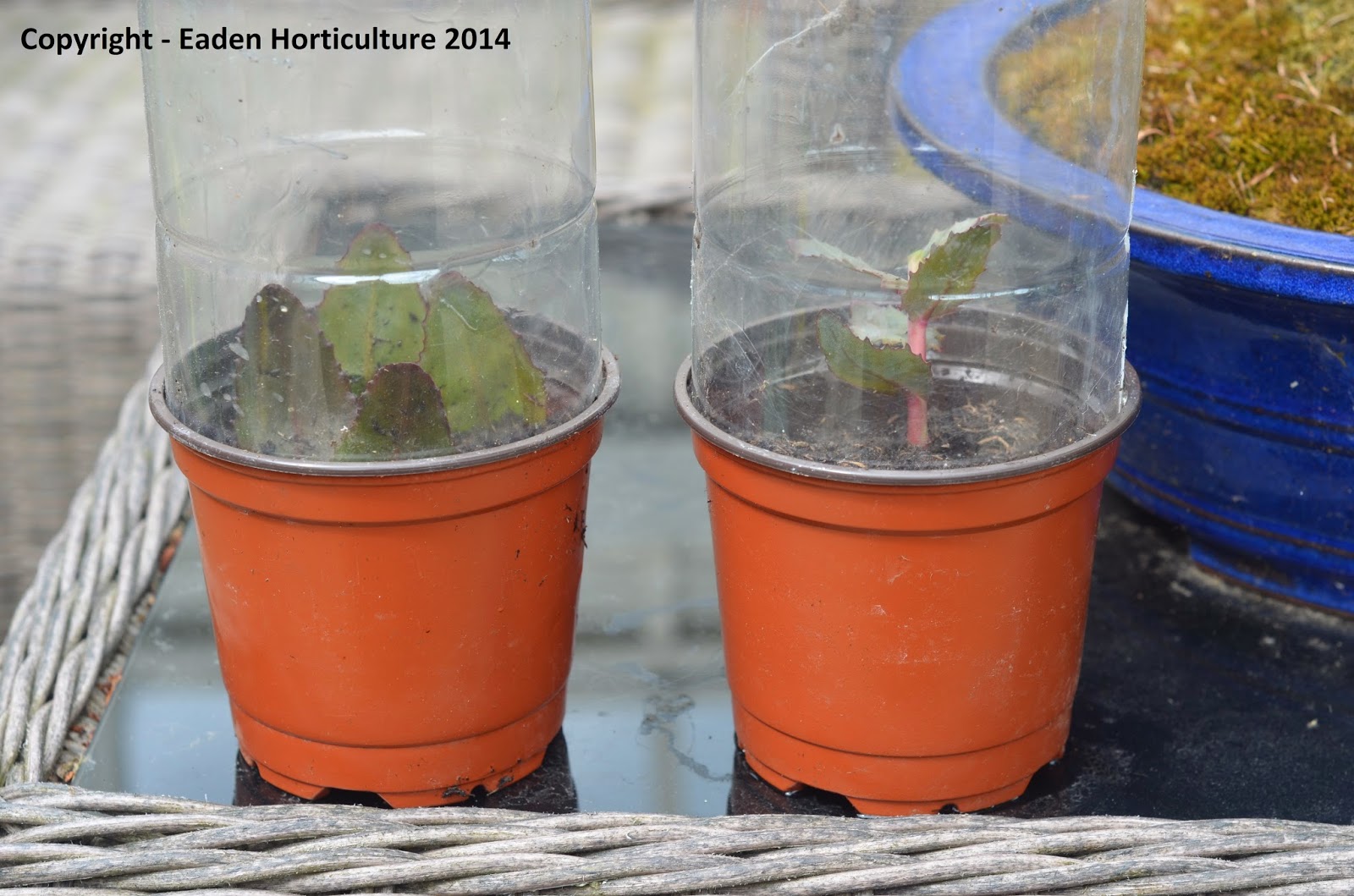 |
| How to grow Sedum from cuttings |
The sedum genus contains approximately 600 species, 55 of which are native to Europe. Surprisingly the leaves of all sedums are edible (although this does not mean that they all taste good), but the reason why so many varieties are in production is because as garden plants they have a particular ornamental and interesting appeal and for the most part are tough as old boots.
 |
| Sedum cuttings |
There are two ways to take cuttings from sedums. The first is to take a standard stem cuttings while the second is to take leaf cuttings. Just remember that if the weather is hot and you are not potting your cuttings up immediately, it may be worth keeping them cool and damp until you are ready for them.
Propagating sedum from stem cuttings
 |
| How to grow Sedum from cuttings |
Insert each cutting singularly into 3 inch pots containing a very free-draining compost. John Innes 'Seed and Cutting' is a good choice, but you may consider adding more horticultural grit or sand, perlite or vermiculite to improve the drainage further. Alternatively you can make your own potting mix using 50% volume moss peat and horticultural grit. You cannot use sedge peat as a substitute for moss peat. Place the cuttings in a ventilated could frame.
The cuttings should have taken root in 4-6 weeks, after which they can be potted on into 4-5 inch pots using a good quality multi-purpose compost or John Innes 'No1' or 'No2'.
Propagating sedum from leaf cuttings
 |
| Sedum cuttings |
However instead of using a blade, carefully pull the leaf in a downwards motion to that it pulls away from the stem talking a heel of stem with it. Allow the leaf cutting to callous for a couple of days before potting. Insert into pots filled to three-quarters depth with a very free-draining compost. Again, John Innes 'Seed and Cutting' is a good choice, but you may consider adding more horticultural grit or sand, perlite or vermiculite to improve the drainage further. Be aware that the cuttings can be prone to rotting off if the compost is kept too wet.
Place in warm bright position, but out of direct sunlight, and keep the compost just slightly moist. If you are placing the cuttings in a closed propagator or other such cover make sure that the cuttings are aired two to three weeks to reduce the incidence of fungal infections. Make sure that you also remove any decaying leaves promptly.
For related article click onto the following links:
How to Grow Monkshood - Aconitum napellus
How to Grow Sedum from Cuttings
HOW TO GROW SEDUM SPECTABILE 'AUTUMN JOY'
HOW TO PROPAGATE ABUTILON FROM CUTTINGS
HOW TO PROPAGATE CHOISYA TERNATA 'SUNDANCE' FROM CUTTINGS
How to Take Cuttings from Bay Trees
HOW TO TAKE CUTTINGS FROM COLEUS
How to take Cuttings from Strawberry Plants
HOW TO TAKE CUTTINGS FROM THE STRAWBERRY TREE - Arbutus unedo
How to propagate the Foxtail Lily
SEDUM SPATHULIFOLIUM 'CAPE BLANCO'
SEDUM SPECTABILE







No comments:
Post a Comment